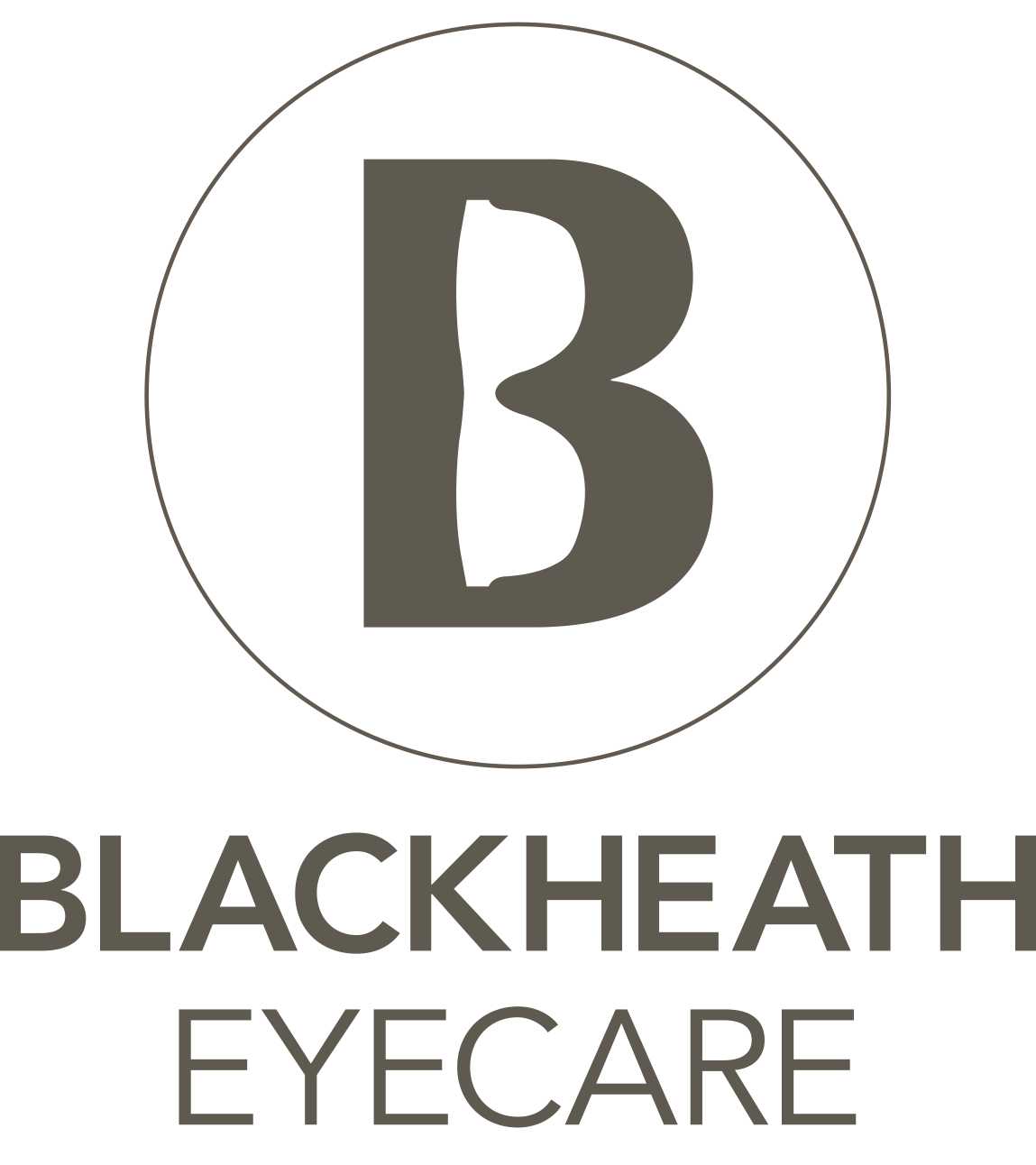Intervening before Myopia has the chance to fully develop
Myopia Managment is an ongoing treatment that aims to reduce and slow down the rate of progression throughout the eyes developmental years, thus increasing the eyes visual potential.
What is Myopia Managment?
Myopia management, also known as myopia control, refers to the techniques and methods used to slow down the progression of nearsightedness in individuals throughout their eye’s developmental years (up to approximately the ages of 20-30). This is essential in today’s world, as the prevalence of myopia has been on the rise, especially among younger populations. Various advancements in eyewear technology, such as DIMS lens technology, Misight contact lenses, and Ortho-K contact lenses, have proven to be effective tools in combating myopia progression.
When these cutting-edge advancements are combined with our ongoing professional aftercare and eye health monitoring, they offer individuals an opportunity to take control of their nearsightedness, potentially reducing their dependence on corrective lenses or preventing severe myopia in the long run. By leveraging the benefits of these innovative technologies, we can pave the way for a brighter future, where myopia becomes a manageable condition rather than a significant visual impairment providing a better quality of life.
To learn more check out our FAQ’s below or contact us and our friendly team will be happy to help further.

Myopic Lifestyle Advice Guide
Things you can do at home to help manage myopia.
Delve into 11 straightforward and efficient ways that you, or your loved ones, can take proactive steps towards managing Myopia progression at home.
FAQ's
01
02
03
04
The myopia management journey begins with a Consultation & Advanced Eye Examination to discover what options may be suitable for you or your child’s eyes specifically. Following this you will discuss the appropriate treatment in more detail, there will be an upfront fee and an ongoing monthly care and product Direct Debit, this continues throughout the course of treatment for as long as you remain under our care.
Find our transparent service price guide by clicking here alternatively, get in touch for more information.
05
Generally, the treatments are suitable for individuals who are still growing and developing, which includes people from birth up until around 18 years old. However, treatment can begin as soon as the person understands what the treatments are for and can safely and independently use them, like putting in and taking out contact lenses. We have clients who start treatment as young as 4 years old, but each case is unique. Ideally, management should continue until at least 18 years old, but it can be continued as long as the person wants to keep treating their myopia. Recent evidence suggests that the eyes can keep developing even into a person’s late 20s, but more research is needed to confirm this. Each treatment method has minimum and maximum prescription allowances. If you want more information about myopia management, just ask us. Or, you can learn more about specific options like Ortho-K, MiSight, or MiYOSMART by clicking on the corresponding links.
06
At Blackheath Eyecare we understand that sometimes life takes you far from home, making it difficult to return regularly for the necessary monitoring and aftercare. That’s why we offer a flexible approach to our Myopia Management services. However, it’s important to understand that Myopia management is a serious undertaking. It is not a quick-fix solution. We require a commitment from our patients to see the process through so that we can effectively monitor the progress and make any necessary adjustments or interventions. At the beginning of of your myopia management journey, we will need to see you often for multiple appointments and then for regular reviews within 3/6/9/12 months. This is why we require a commitment of a minimum of one year. Our main concern is the well-being of our patients and their families. If circumstances arise and you need to move away, we are here to support you. We will gladly help you transition to another Myopia management specialist, ensuring that you continue to receive the care and attention you need.
So, rest assured that we are committed to providing the best possible care for you and your eyes. Whether you’re able to stay with us or require assistance with finding a new specialist, we are here for you every step of the way.
07
Myopia is a complex condition influenced by a combination of genetic predisposition, environmental factors, and lifestyle choices.
Myopia most commonly occurs during developmental years when the eye continues to grow beyond the length responsible for clear vision. When the eyeball is too long or the cornea is too curved, the light entering the eye isn’t focused correctly, and distant objects look blurred. If the eyeball continues to grow, myopia progresses further and this can lead to eye health problems in later life such as, myopic macular degeneration, retinal detachment, cataract, and open-angle glaucoma. These complications can lead to irreversible visual impairment which is why we are passionate about intervening with our Myopia Management services early on.







